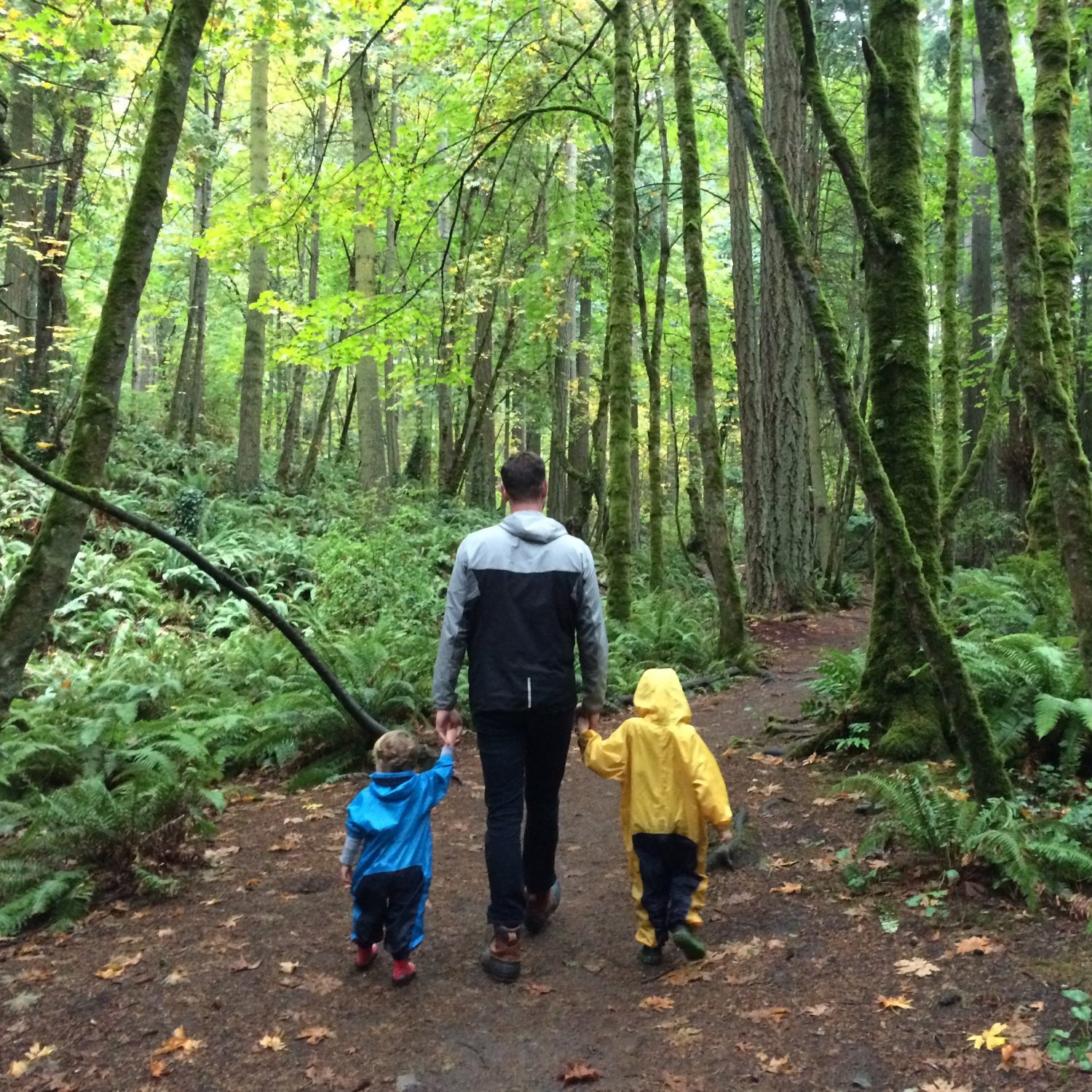What a mind bender! My preconceptions about where my readings on Embodied Learning would go were blown out of the water. I expected to hear about VR/AR/haptics: tech-facing and . Far from this, embodied learning is more like a philosophical treatise on identity and environment. What a revelation it is to think of environment and individual as a single body, evolving constantly, rather than separate, interacting entities (Winn, 2003)!
I was interested with how Winn (2003) laid out a framework for embodied learning. The part that resonated most with me was the concept of ‘Umwelt’ – the environment as it is uniquely perceived by each individual. In particular, the point about the challenges of teaching students with idiosyncratic Umwelten that change in unpredictable ways connected deeply with my experiences as a middle school classroom teacher. In addition, the idea of finding ways to ‘couple’ students to their environment (artificial or otherwise) was intriguing to me, and meshed with the Coimbra et al (2015) article about using augmented reality in math education. Seymour Papert once described an ‘artificial environment’ where math learning happens as organically and seamlessly and language learning – he called it ‘Mathland’. From reading these articles on embodied learning, AR/VR seem like a glimpse into this mythic realm, if not a full gateway. Coimbra et al (2015) found that higher education students reported AR math problems to be more perceptible than other ways of teaching.
Combine this with the pointing, representational, and metaphoric gestures studied by Alibali & Nathan (2012;2011), and we have the makings of our classrooms turning into remakes of the Steven Spielberg film Minority Report. With the confluence of these ideas, I imagine AR/VR could both couple student with a ‘Mathland’-like artificial environment, and allow the meaning-making gestures that the student and teacher make could manifest themselves into visual representations in real time.
Questions:
What is the baseline of common ground that must be found between individual Umwelten to make communication and mutual understanding possible?
Much was made of the efforts needed and strategies possible to couple students to artificial environments. With student life increasingly being spent online or in other artificial environments, what strategies are needed to ensure children (and adults) are coupled with the physical world?
References
Alibali, M. W., & Nathan, M. J. (2012;2011;). Embodiment in mathematics teaching and learning: Evidence from learners’ and teachers’ gestures. Journal of the Learning Sciences, 21(2), 247-40. doi:10.1080/10508406.2011.611446
Coimbra, M. T., Cardoso, T., & Mateus, A. (2015). Augmented reality: An enhancer for higher education students in math’s learning? Procedia Computer Science, 67, 332-339. doi:10.1016/j.procs.2015.09.277
Winn, W. (2003). Learning in artificial environments: Embodiment, embeddedness, and dynamic adaptation. Technology, Instruction, Cognition and Learning, 1(1), 87-114. Full-text document retrieved on January 17, 2013, from: http://www.hitl.washington.edu/people/tfurness/courses/inde543/READINGS-03/WINN/winnpaper2.pdf

